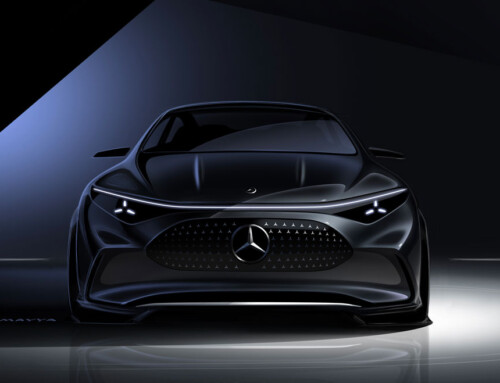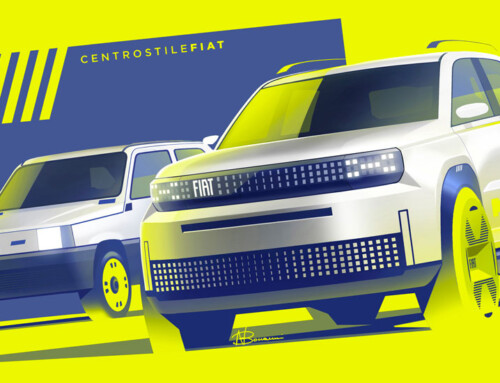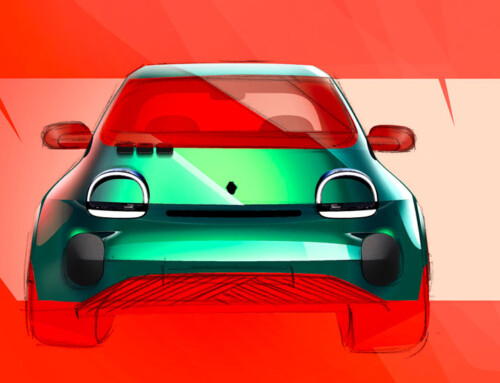The M2 segment is one that many of the big names in the European market would like to dominate. It is a segment in which a marque must express personality, but without shocking a rather conservative clientele, and this is what made the design of the new Citroën C5 so challenging.
When the project for the replacement of the C5 began, Citroën’s Centre de Création, headed by Jean-Pierre Ploué since December 1999, was still
in the process of being significantly restructured. The renewal of the C5 posed the marque with the typical mid-range dilemma. This important segment
for the European market is the subject of constant research, as the appeal of conventional saloons continues to dwindle – but this is a well known phenomenon.
At the beginning of the X7 programme in 2003, the product managers were still undecided between a boot and a hatchback. Only one thing was certain, that the new car had to be more inspired in design than the existing C5. A group of about ten designers began producing the first sketches, and very soon, only half of these were still in the running. From the very start, the design management had decreed that both versions of the car – saloon and station wagon – were to be developed together, and that the interior and exterior would be conceived in parallel, to ensure coherence and consistency in the finished product.
Olivier Vincent is one of the most prolific designers today, but back then, at the beginning of the Millennium, Citroën thought it needed more options than those offered by its own designers, and it still used the services of outside studios systematically. Citroën therefore called upon Bertone and Makkina.
The article continues in Auto & Design no. 169










